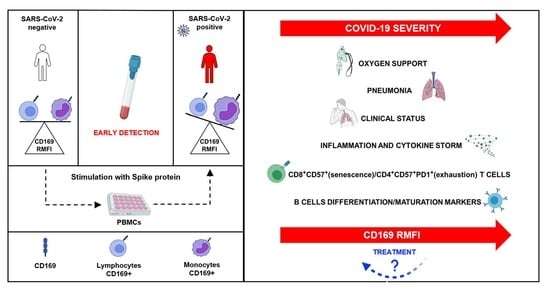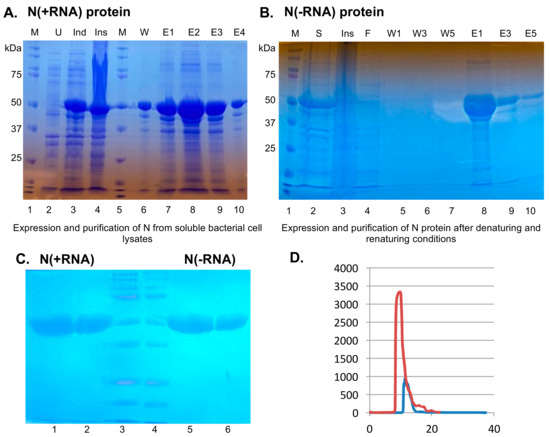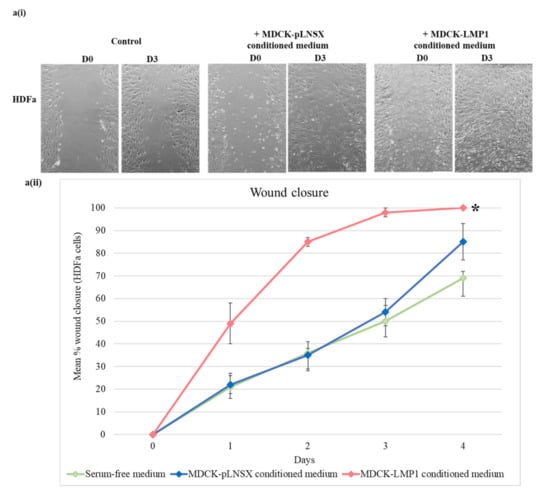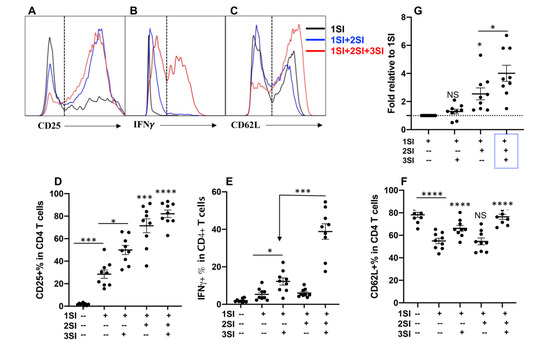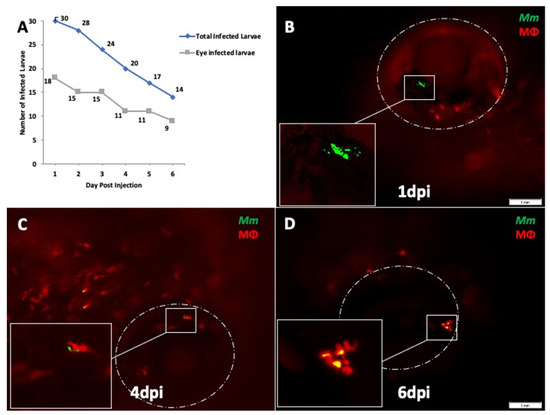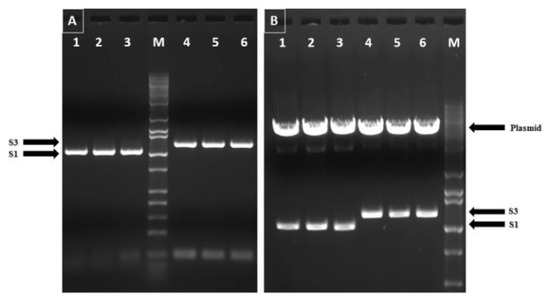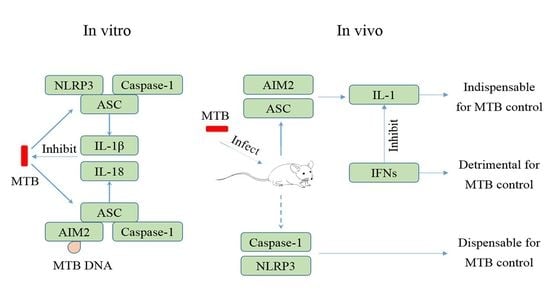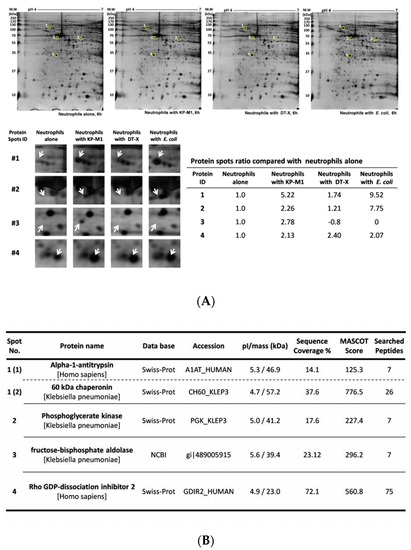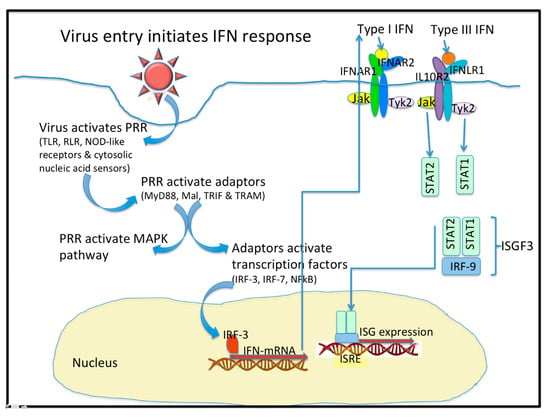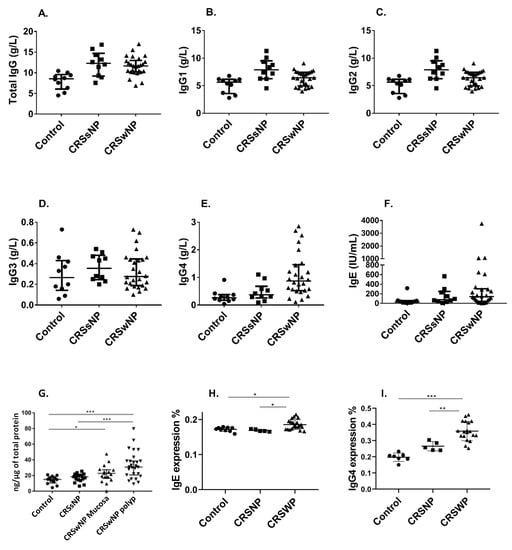Immunological Responses and Immune Defense Mechanism (Closed)
A topical collection in Pathogens (ISSN 2076-0817). This collection belongs to the section "Immunological Responses and Immune Defense Mechanisms".
Viewed by 58082Editor
Interests: hemorrhagic fever viruses; arenaviruses; lassa fever; host-virus interactions; innate immunity; viral pathogenesis and host defense
Special Issues, Collections and Topics in MDPI journals
Topical Collection Information
Dear Colleagues,
The "Immunological Responses and Immune Defense Mechanisms" section of Pathogens was established in 2019 with Professor Hinh Ly serving as its inaugural Section Editor-in-Chief. We are proud to have recruited 22 Editorial Board members and so far have published 26 papers in this section. Many original research papers and review articles on COVID-19 have recently been submitted to (and some have been published in) Pathogens with the hope that some of these published papers can help combat this deadly disease and/or curb the prolonged pandemic. Despite the ongoing pandemic, several areas of research in the general topic of immunological responses and immune defense mechanisms forge ahead. All areas of research, that include but are not necessarily limited to COVID-19, must therefore be highlighted in Pathogens. With this in mind, we are establishing this Topical Collection entitled "Immunological Responses and Immune Defense Mechanisms" to solicit primary research articles, reviews, editorials and commentaries on contemporary and hot topics from our esteemed editorial board members as well as from others for consideration of publication.
Prof. Dr. Hinh Ly
Collection Editor
Manuscript Submission Information
Manuscripts should be submitted online at www.mdpi.com by registering and logging in to this website. Once you are registered, click here to go to the submission form. Manuscripts can be submitted until the deadline. All submissions that pass pre-check are peer-reviewed. Accepted papers will be published continuously in the journal (as soon as accepted) and will be listed together on the collection website. Research articles, review articles as well as short communications are invited. For planned papers, a title and short abstract (about 100 words) can be sent to the Editorial Office for announcement on this website.
Submitted manuscripts should not have been published previously, nor be under consideration for publication elsewhere (except conference proceedings papers). All manuscripts are thoroughly refereed through a single-blind peer-review process. A guide for authors and other relevant information for submission of manuscripts is available on the Instructions for Authors page. Pathogens is an international peer-reviewed open access monthly journal published by MDPI.
Please visit the Instructions for Authors page before submitting a manuscript. The Article Processing Charge (APC) for publication in this open access journal is 2200 CHF (Swiss Francs). Submitted papers should be well formatted and use good English. Authors may use MDPI's English editing service prior to publication or during author revisions.







